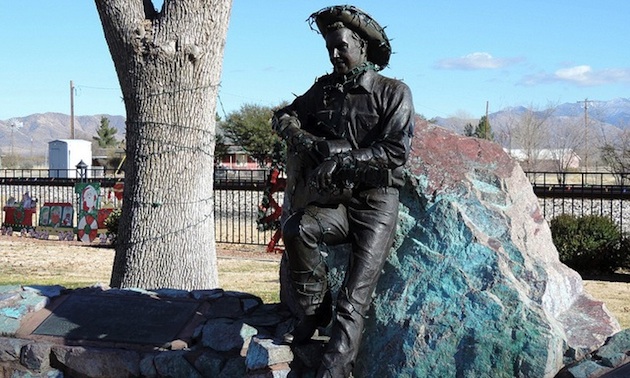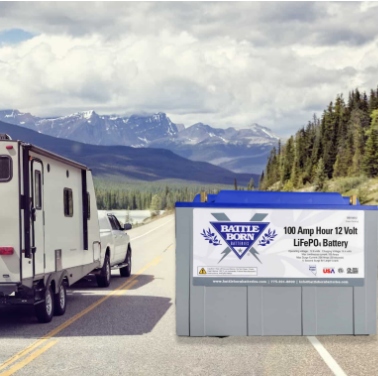Willcox, Arizona, home of the last of the singing cowboys
Rex Allen has a star on the Hollywood Walk of Fame, but his heart and his horse are in his hometown

If Bakersfield, California, has Buck Owens and the Bakersfield sound in country music, Willcox, Arizona, has Rex Allen, the “last of the singing cowboys.”
Willcox is a small town of approximately 4,000 people along Highway 10, not far from the New Mexico border. The town first evolved as a ranching community in 1880, with the original name Maley. With the arrival of the Southern Pacific Railroad, this small whistlestop was renamed in 1888 to honor Civil War general Orlando Willcox. The town grew slowly and diversified into agriculture and winemaking and is now a major truck stop.
The historical downtown area has some of the oldest continually operated stores in the state. One of those buildings is the Headquarters Saloon, where Wyatt Earp’s brother Warren was shot to death on July 6, 1900. The downtown consists of antique shops, museums, restaurants, specialty shops and the Rex Allen Arizona Cowboy Museum.
Rex Elvie Allen, the Arizona Cowboy
Right across Railroad Avenue from the museum is a bronze statue of Rex Allen. The statue has a heart on its chest, symbolic that Allen’s heart belonged to Willcox. At the foot of the statue is buried his horse Koko.
Allen grew up in Willcox and turned to singing professionally after a failed career on the rodeo circuit. His career started in radio and progressed to singing and then the movies. Allen recorded 11 albums and had eight major hits, such as Don’t Go Near the Indians and Crying In the Chapel. His career blossomed at the same time as Roy Rogers and Gene Autry, and the three of them were called the Singing Cowboys or the Silver Screen Cowboys.
Allen would go on to make 19 Western movies between 1950 and 1954, including Silver City Bonanza, Shadows of Tombstone, and the last singing movie called the Phantom Stallion. Along with his trusted horse Koko and his comic sidekicks Buddy Ebsen (Beverly Hillbillies) or Slim Pickens, Allen was always able to defeat the bad guys in black hats.
His career extended into television with the Frontier Doctor and his voice was used in animation movies for Walt Disney. Allen received many awards throughout his long career and in 1983 received a star on the Hollywood Walk of Fame.
Marty Robbins has friends in Willcox
Marty Robbins has little to do with Rex Allen or Willcox, except that there’s a museum dedicated to him next door to the Rex Allen Museum. Martin David Robinson was from Glendale, Arizona. His career started by serving in the U.S. Navy in the Pacific during the Second World War and evolved into radio, songwriting, singing and even NASCAR racing. Some of his more famous songs included El Paso, A White Sportcoat and a Pink Carnation, Big Iron, Streets of Laredo and My Woman, My Woman, My Wife. During his career Robbins received numerous awards, including two Grammy Awards. When a museum about him failed financially in Glendale, the Friends of Marty Robbins relocated the museum to Willcox.
Willcox offers much more than these two museums. The town also serves as a starting point for other attractions, including Chiricahua Regional Museum and Research Center, Fort Bowie, Chiricahua National Monument, Cochise Stronghold and the Thing, located on Highway 10.
On a quiet evening walking down Railroad Avenue, locals have reported seeing ghostly cowboys inside the closed museum or hearing Rex Allen singing one of his favorite songs.






